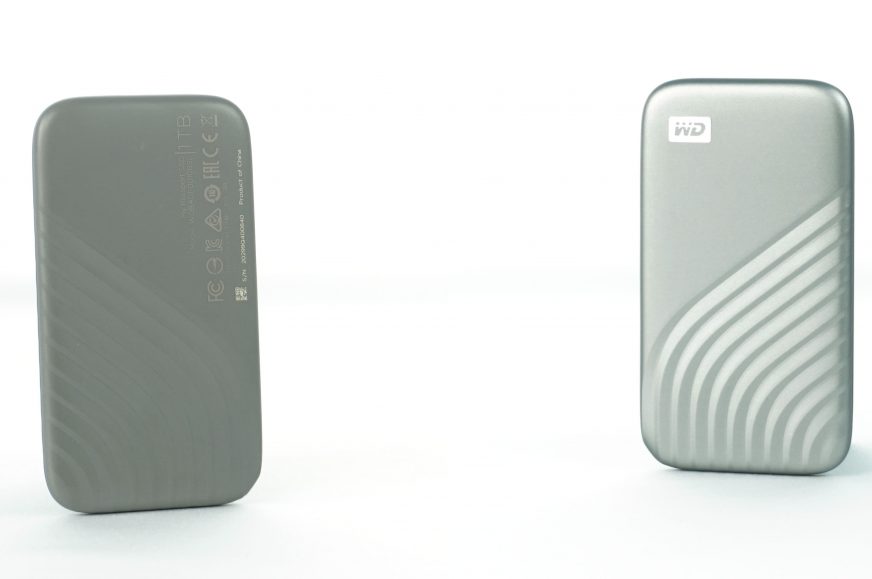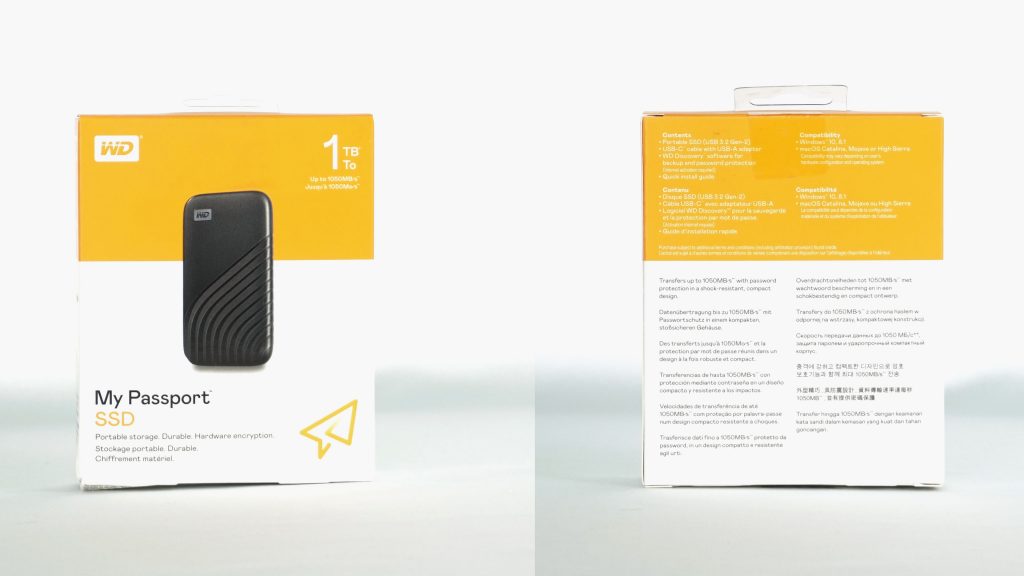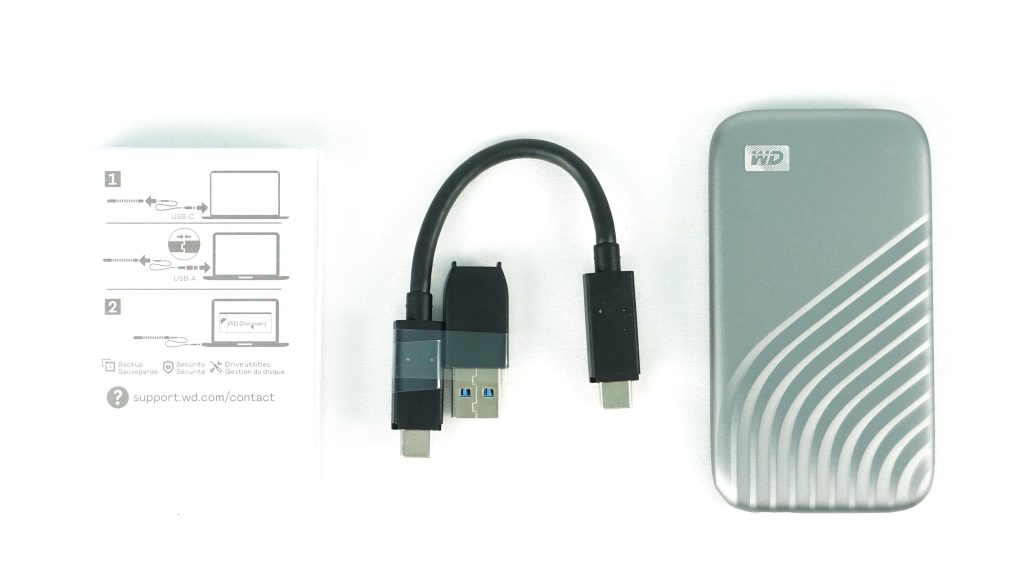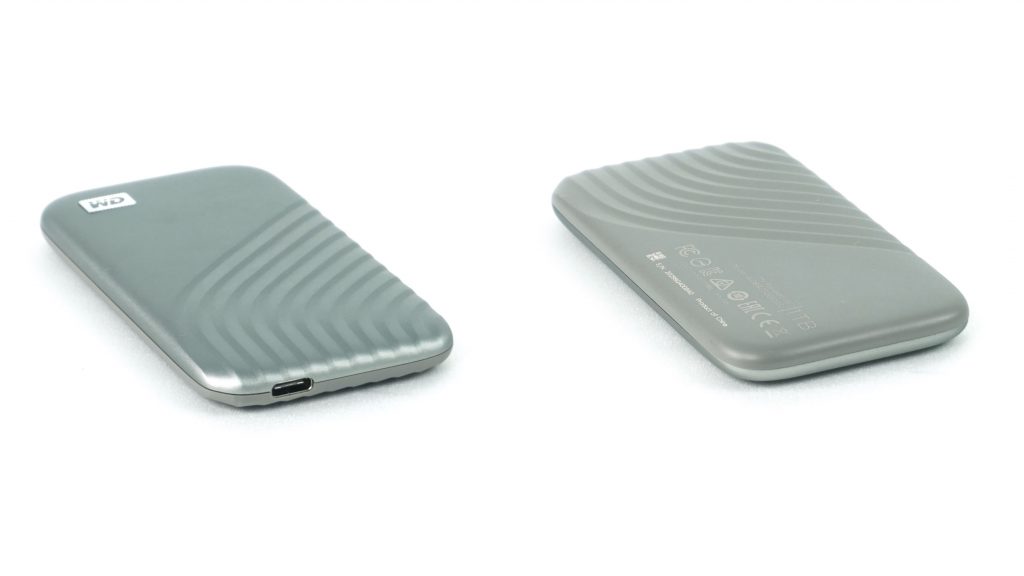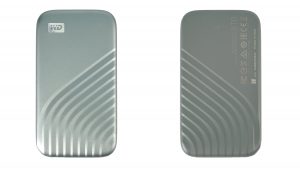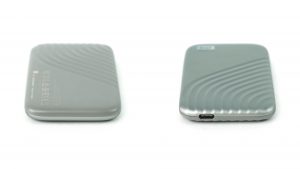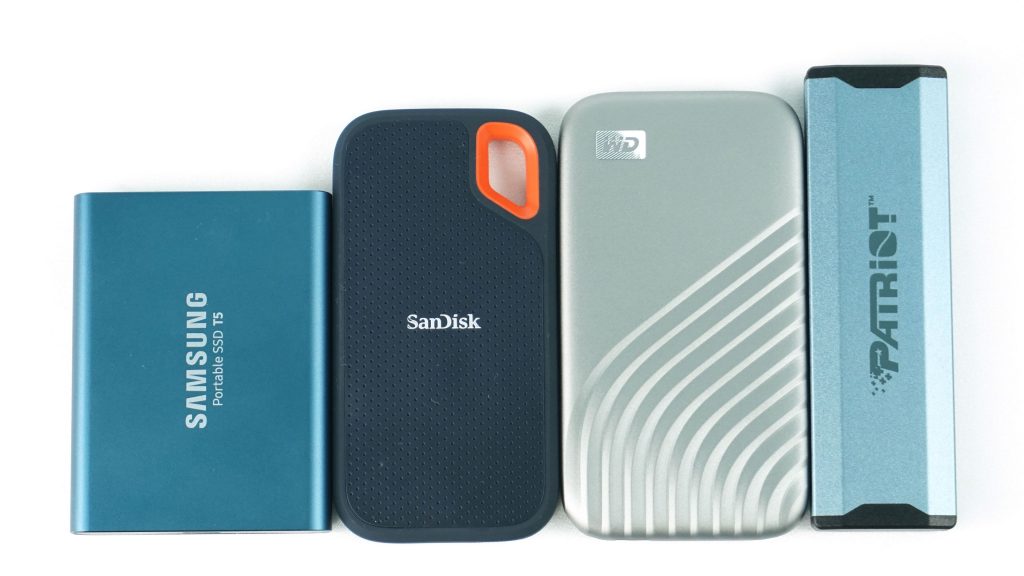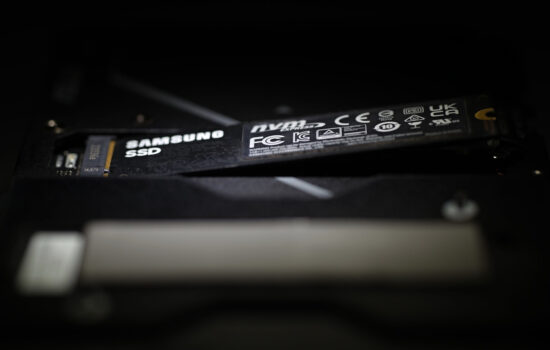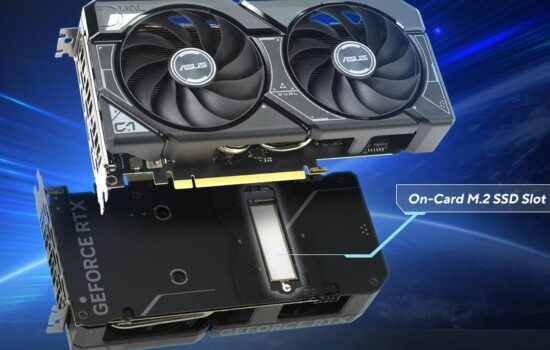Overview
WD with the My Passport line is one of the largest manufacturers of external storage. I myself have three pieces with a capacity of 2–4 TB. In 2017, they launched the My Passport SSD, which belonged to the first generation of external SSDs. It impressed us mainly with its unique design and compact dimensions, but unfortunately it never got into my hands. However, this is now changing, as we have received an upgraded version with the same name for 2020.
My Passport SSD
WD as a brand has recently undergone design changes, which has been reflected in the product packaging, but also in the shape of the SSD itself. The white-yellow box gives a fresh impression and its visual offers a look at the basic specifications.
In the packaging you will find the SSD, a short USB-C cable, an adapter from USB-C to classic USB type A and short documentation. The SSD uses USB 3.2 gen 2 with 10 Gb/s throughput for transfer.
The aluminum body impresses with its wavy design on the front and back. You can choose from up to four colors, our gray, blue, red and gold. Its dimensions are 100 × 55 × 9 mm and it weighs 46 grams.
Comparing dimensions will, again, be most sensible with other external SSDs. In the picture below you can see the Samsung Portable T5, SanDisk Portable SSD and the recently tested Patriot PXD. The new My Passport is quite large, although it does not offer water resistance like SanDisk. However, it has increased resistance to falls of up to two meters and also against vibrations.
Like the PXD, this novelty belongs to the new generation with theoretical speeds of 1050 MB/s for reading and 1000 MB/s for writing. The NAND memory used will probably be 64-layer TLC. At least that’s what most various sources say, but WD isn’t one. And there are little doubts that it could also be MLC memory. The behavior of the SSD suggests this a bit (but about that later…). On the other hand, if that were the case, the manufacturer would certainly boast of such a configuration.
My Passport 2020 is available in 512 GB, 1 and 2 TB capacities. Unlike the PXD, it also offers hardware encryption using 256 bit AES. It is compatible with both Windows and macOS, including Time Machine after formatting. Another important piece of information, the manufacturer of the SSD offers up to a 5-year warranty.
Testing took place as always on the Intel Z390 platform, specifically on the Gigabyte Aorus Z390 Xtreme motherboard with Intel Core i9-9900K processor and 32 GB 3600 MHz DDR4 Corsair Dominator Platinum, from which 25 GB was allocated to the RAM disk.





